What is Aquaculture Farm?
Struggling to find sustainable seafood sources? Wild fish stocks are under pressure globally. Aquaculture farms offer a vital alternative, helping to meet the growing demand for aquatic products responsibly.
Simply put, an aquaculture farm is a facility dedicated to cultivating aquatic organisms. This includes fish, shellfish, seaweed, and other species, all raised in controlled water environments for food, conservation, or commercial purposes.
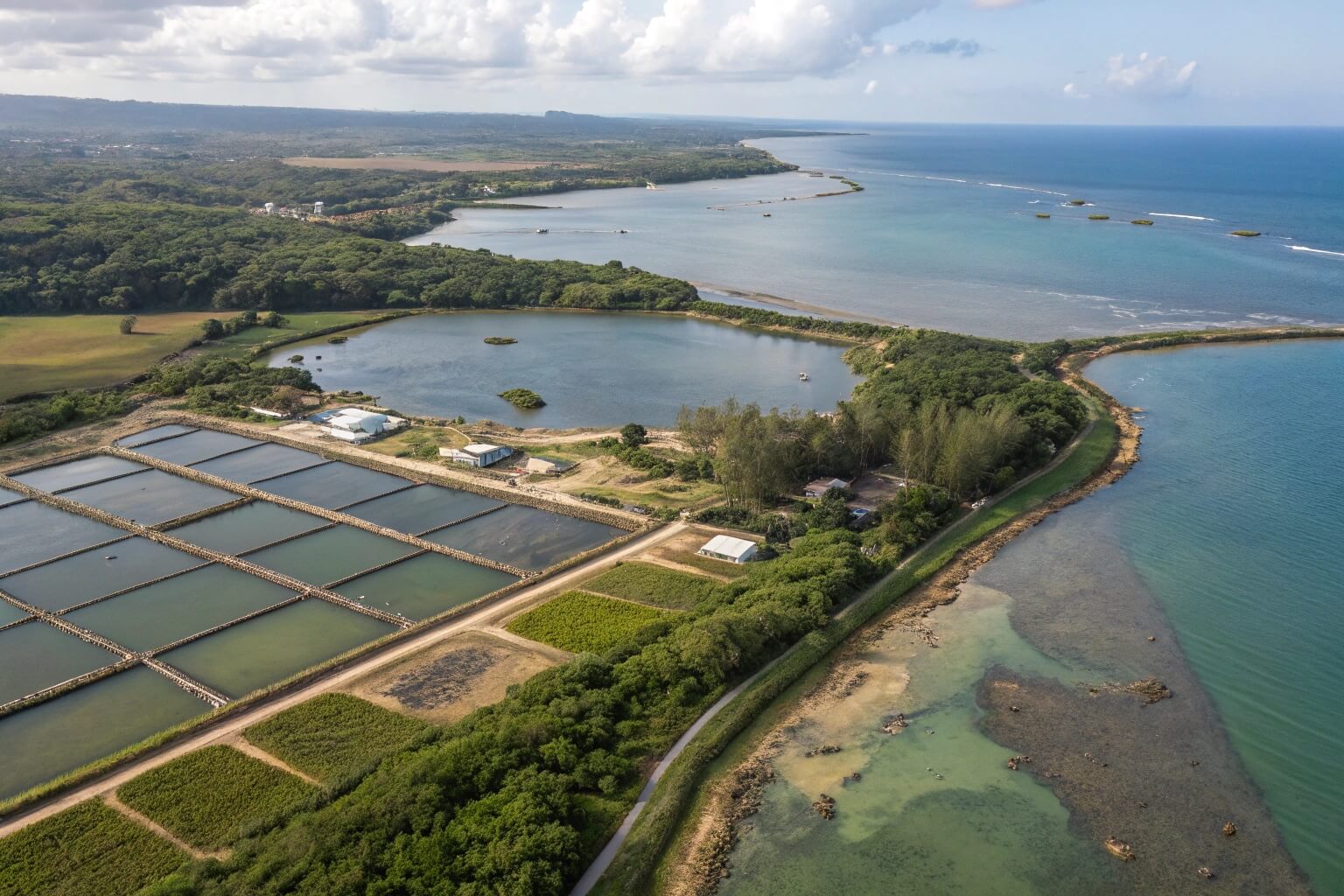
Now that we have a basic idea, you might be wondering what actually happens on these farms day-to-day. Let's explore the practical side of aquaculture farming and how it works.
What is farming in aquaculture?
Wondering what "farming" really means when it's done in water? It might seem quite different from traditional land farming. But it involves similar principles of controlled cultivation for growing aquatic life.
Farming in aquaculture is the active process of breeding, raising, and harvesting aquatic species. It requires managing their entire lifecycle, often using specialized infrastructure like ponds, tanks, or enclosures to optimize growth and production.
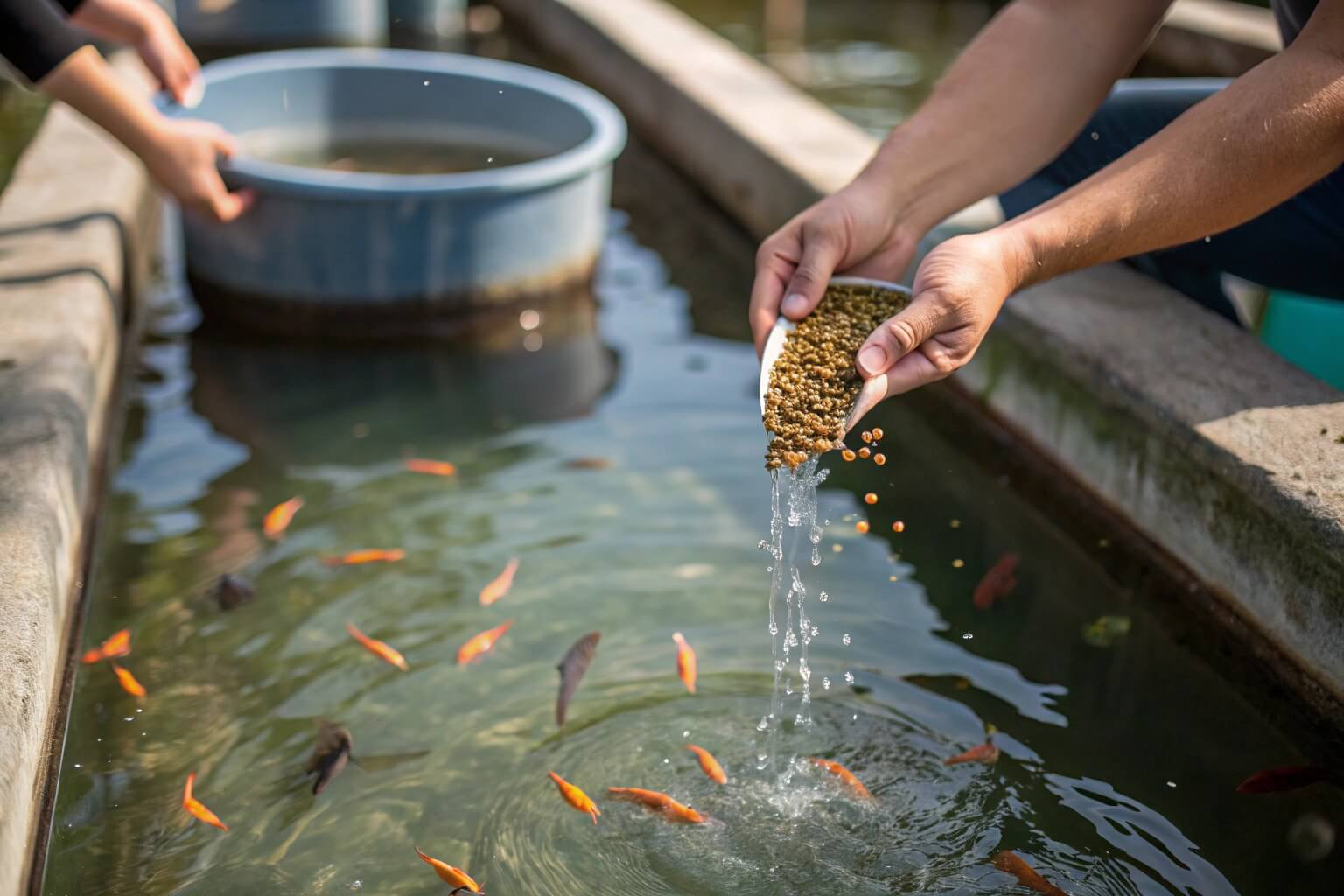
Let's dive deeper into what aquaculture farming entails. It's more than just putting fish in water; it's a managed process requiring careful planning and execution.
Defining Aquaculture Farming
Aquaculture farming1, at its core, is about control. Unlike capture fisheries that harvest wild populations, aquaculture involves actively intervening in the rearing process to enhance production. This means managing factors like reproduction, feeding, health, and the aquatic environment itself. The goal is usually to produce food efficiently and reliably, but it can also be for restoring habitats, breeding ornamental fish, or producing baitfish. This controlled approach allows for higher yields2 compared to relying solely on wild stocks. At Bancy, we support this control by providing reliable containment solutions3 like our various fish tanks, ensuring farmers can manage their stock effectively.
Key Activities in Aquaculture Farming
Several key activities define the process of farming in aquaculture:
- Site Selection & System Setup: Choosing an appropriate location with suitable water quality and environmental conditions is crucial. Then, the farming system (ponds, tanks, cages) must be constructed. We provide durable options like collapsible PVC tanks and robust galvanized steel tanks suitable for various setups.
- Species Selection & Stocking: Farmers choose species based on market demand, environmental suitability, and ease of cultivation. They then acquire juvenile organisms (seed stock) to populate their farm.
- Feeding & Nutrition4: Providing the right type and amount of feed is essential for growth and health. This is a major operational cost and focus area.
- Water Quality Management5: Monitoring and maintaining optimal water parameters (like oxygen, temperature, pH, waste levels) is critical for survival and growth. This is especially important in intensive systems.
- Health Management6: Preventing and treating diseases is vital. This involves biosecurity measures, regular monitoring, and sometimes treatments. Our tanks facilitate easier observation and potential isolation if needed.
- Harvesting: Once the organisms reach market size, they are collected for sale or processing. The methods vary depending on the species and system type.
| Activity | Description | Bancy Relevance |
|---|---|---|
| Site/System Setup | Choosing location, installing ponds/tanks | Provides various tanks (PVC, Galvanized) for setup |
| Stocking | Introducing juvenile fish/shellfish | Tanks offer a secure environment for young stock |
| Feeding | Providing appropriate nutrition | Enclosed systems allow controlled feeding |
| Water Quality | Monitoring and maintaining parameters | Reliable tanks are key for water containment |
| Health Management | Disease prevention and treatment | Tanks facilitate observation and isolation |
| Harvesting | Collecting market-size organisms | Tank-based systems often simplify harvesting |
Is aquaculture good or bad?
Heard conflicting reports about fish farming? It can be confusing, with some praising its benefits while others raise concerns. Let's try to understand both sides of the story.
Aquaculture isn't inherently good or bad; its impact depends heavily on practices. Responsibly managed, it offers sustainable food solutions. Poorly managed, it can cause environmental harm. Therefore, responsible operation is absolutely key.
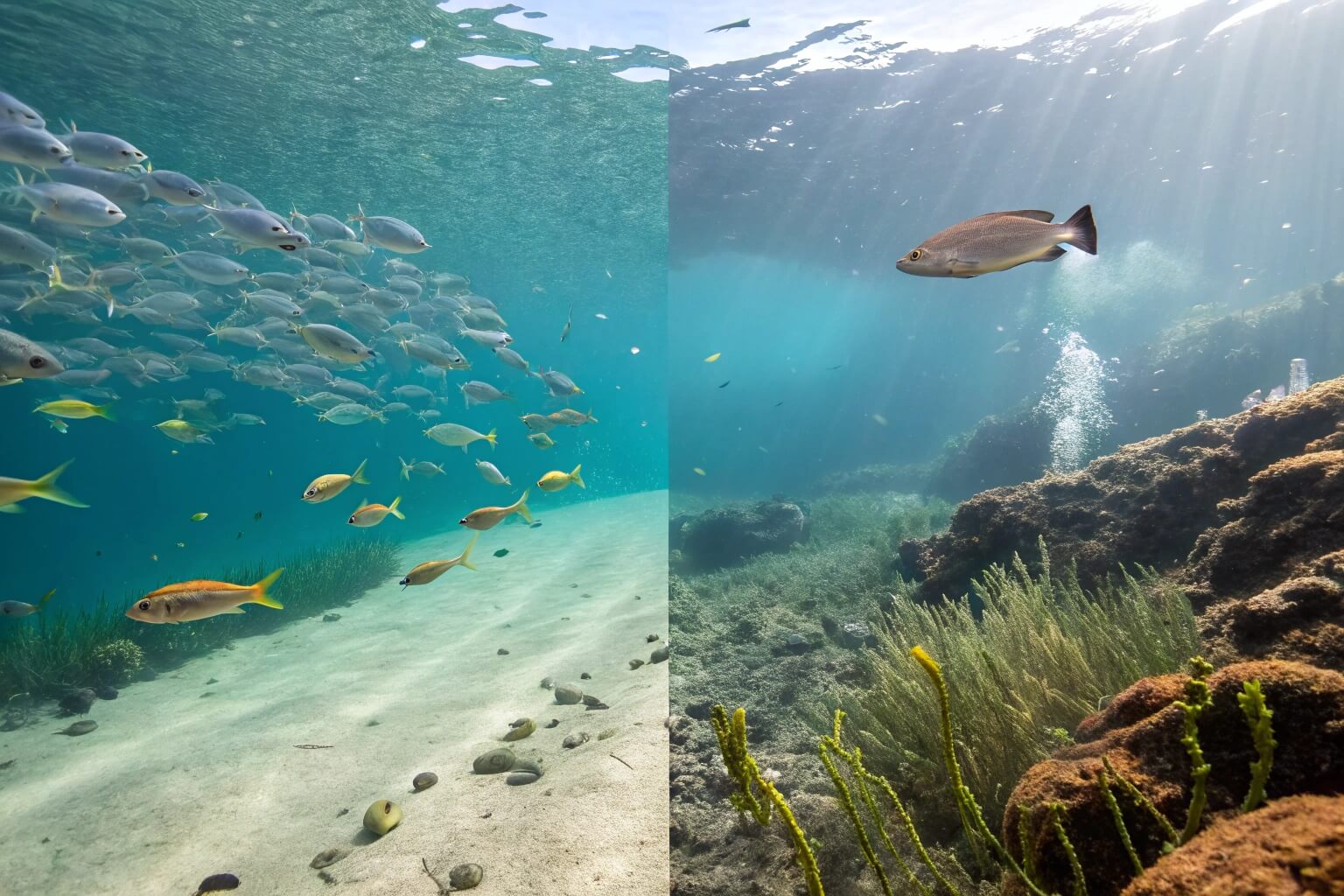
The debate around aquaculture is important. As someone involved in providing equipment for this industry, I see both the incredible potential and the real challenges firsthand. Let's break down the pros and cons.
The Benefits of Aquaculture
Aquaculture offers significant advantages. First and foremost, it provides a reliable and growing source of seafood, helping to meet global demand as wild fish stocks face limitations. This contributes directly to food security7. Aquaculture can often be more resource-efficient8 than land-based animal farming in terms of feed conversion and water use, especially with advanced systems. It also reduces pressure on wild fisheries, allowing natural populations a chance to recover. Furthermore, it creates jobs and economic opportunities9, particularly in coastal and rural communities. The ability to control the growing environment can also lead to consistent product quality and traceability.
The Challenges and Concerns
Despite the benefits, aquaculture faces challenges. Environmental impact is a major concern. Waste products (uneaten feed and excreta) from farms can pollute surrounding waters if not managed properly. Dense populations in farms can increase the risk of disease outbreaks, which might spread to wild populations. The reliance on fishmeal and fish oil (derived from wild-caught fish) for feed in some types of aquaculture raises questions about sustainability10. There can also be concerns about habitat destruction (like mangrove clearing for shrimp ponds), use of chemicals or antibiotics, and potential genetic impacts from escaped farmed fish. From my perspective, these challenges are real. I've seen how issues like disease or water quality can impact farmers. That’s why innovation in areas like feed development, disease management11, and farming systems (like RAS) is so crucial. At Bancy, we focus on providing high-quality, reliable tanks because robust infrastructure is fundamental to addressing many of these concerns, especially in enabling more contained and controlled farming methods.
What is an example of aquaculture?
Is the concept of aquaculture still a bit abstract? Sometimes specific examples make it much clearer. Let's look at some common types of aquaculture you might encounter or hear about.
A classic example is salmon farming in coastal net pens, common in places like Norway and Chile. Another widespread example is shrimp farming in tropical coastal ponds, or catfish farming in freshwater ponds in the US.
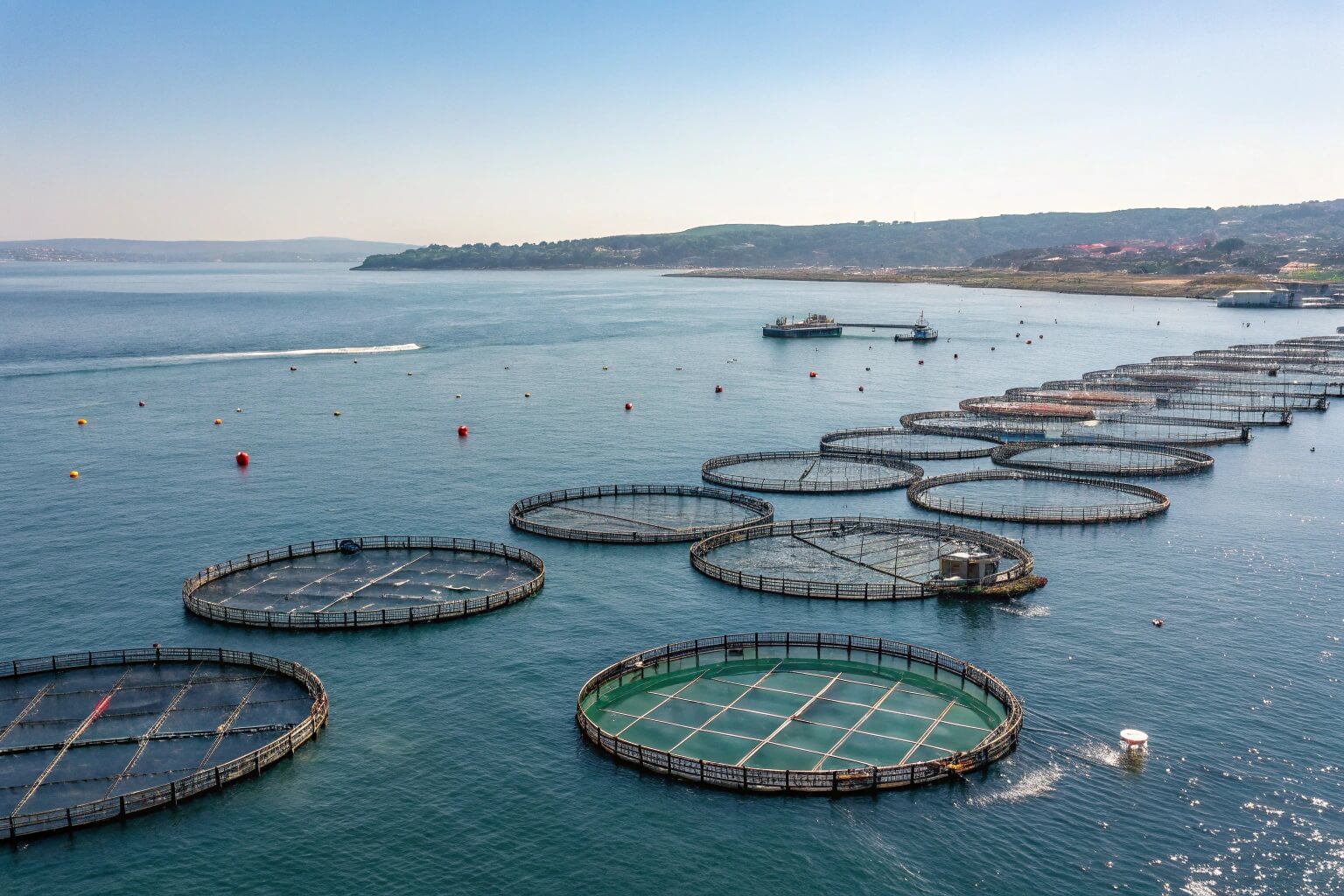
These common examples give a good starting point, but aquaculture is incredibly diverse. Let's explore a few specific applications to illustrate the range of practices.
Commercial Fish Farming
This is probably what most people think of when they hear "aquaculture." It involves raising large quantities of fish specifically for food production. Examples include tilapia farming in ponds or tanks, catfish farming in ponds (very common in the Southeastern US), and carp farming in various systems across Asia. Marine examples include farming sea bass and sea bream in Mediterranean cages, or cod farming. These operations often require robust infrastructure. At Bancy, we supply many commercial farms12 with large-capacity tanks, such as our galvanized steel tanks or large PVC tanks, designed for the demands of raising fish to market size efficiently.
Hatcheries and Nurseries
Hatcheries are specialized aquaculture facilities focused on breeding fish and shellfish and raising them through their vulnerable early life stages (larvae, fry, or juveniles). They produce the "seed stock13" that is then sold to grow-out farms (commercial farms) to raise to market size. Nurseries might take slightly older juveniles and grow them further before final grow-out. These facilities require highly controlled environments to ensure high survival rates. The reliability and ease of cleaning of our tanks make them suitable for hatchery operations where maintaining specific water quality and hygiene is paramount.
Aquaponics Systems
Aquaponics is an innovative example combining aquaculture (raising fish) with hydroponics (growing plants without soil) in a single, integrated system14. Fish waste provides nutrients for the plants, and the plants help filter the water for the fish. It's a symbiotic relationship that allows for sustainable food production15, often in urban or small-scale settings. While the hydroponic components are distinct, the aquaculture part requires reliable fish tanks16. Our tanks, including customizable options, can serve as the fish-rearing component in various aquaponics setups, contributing to these resource-efficient food systems.
What are the 4 different types of aquaculture farms?
Now that we've seen some examples, you might wonder how experts categorize these diverse farming methods. While there are many variations, we can group them into major types based on the system used.
Four principal types of aquaculture systems are: open-water systems (like cages and pens in oceans or lakes), pond systems (earthen or lined ponds), raceways (using flowing water), and Recirculating Aquaculture Systems (RAS) that treat and reuse water.
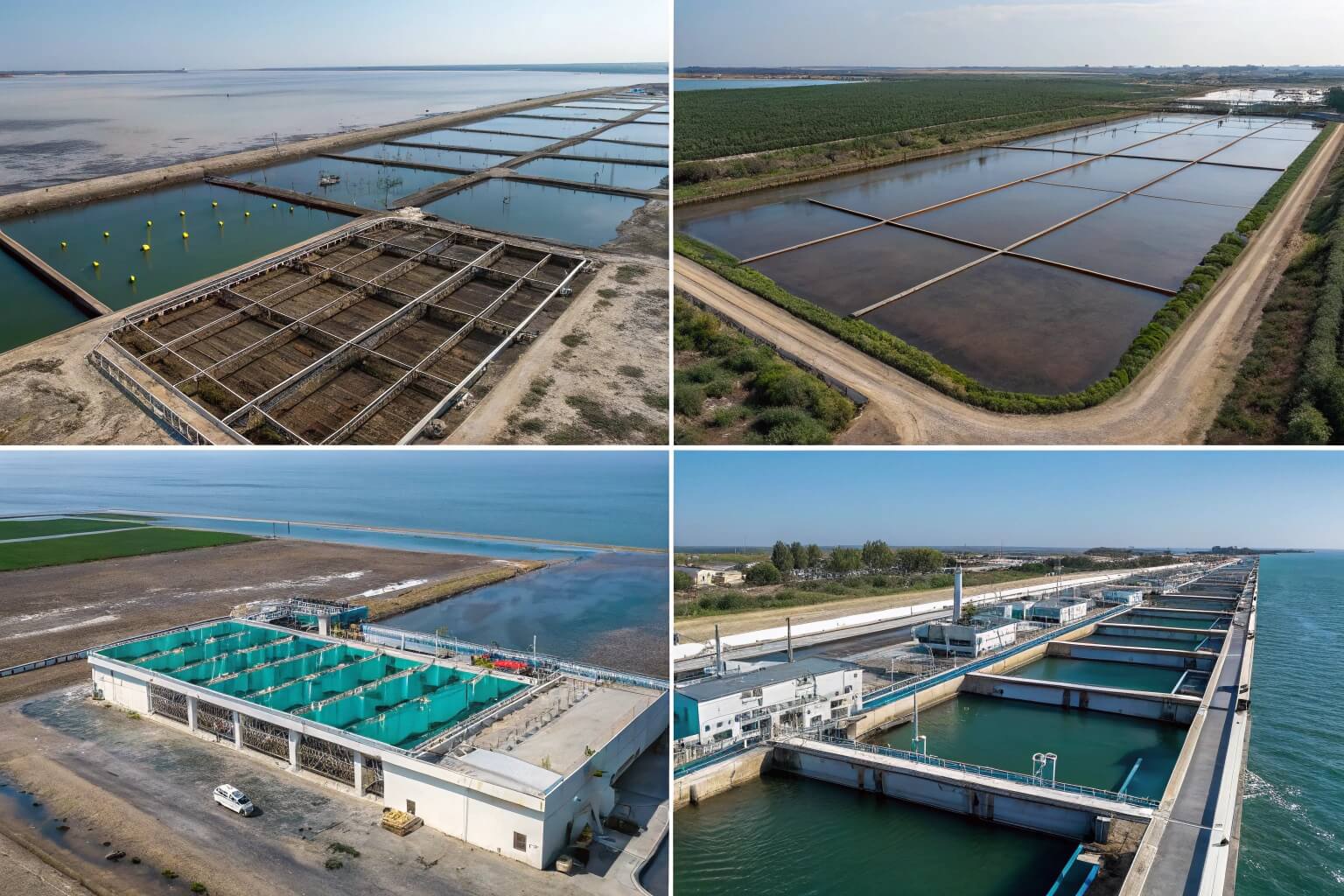
Understanding these main categories helps clarify the different approaches to aquaculture and their respective advantages and challenges. Let's look at each one.
Open-Water Systems17 (Cages/Pens)
These systems involve raising aquatic organisms18 in enclosures placed directly in natural bodies of water like oceans, lakes, or rivers. Typically, these are mesh cages or pens anchored to the bottom or floating. Water flows freely through the enclosure, bringing oxygen and carrying away waste.
- Pros: Lower infrastructure cost compared to land-based systems, utilizes natural water flow.
- Cons: Exposure to storms and predators, potential for fish escapes, direct discharge of waste into the environment, conflicts with other water users. Salmon farming often uses this method.
Pond Systems
Pond aquaculture is one of the oldest and most common methods. It involves raising fish or shellfish in natural or artificial ponds, usually static or with limited water exchange. Ponds can be earthen or lined with materials like PVC.
- Pros: Relatively simple and inexpensive to construct and manage, suitable for many species (e.g., catfish, shrimp, tilapia).
- Cons: Can require significant land and water, water quality management can be challenging, potential for waste discharge if not managed properly.
Raceways/Flow-Through Systems
Raceways are typically long, narrow channels (often concrete) through which water flows continuously. Fish are stocked in the raceway, and the constant flow provides oxygen and removes waste. Often used for trout farming.
- Pros: Easier management and harvesting compared to ponds, good water quality control with sufficient flow.
- Cons: Requires a large and continuous supply of high-quality water, higher construction costs than ponds.
Recirculating Aquaculture Systems (RAS)
RAS are land-based systems that treat and reuse most of their water (often over 95%). Water circulates from the fish tanks through filters (mechanical and biological) to remove waste and then back to the tanks.
- Pros: Minimal water consumption, high level of environmental control19 (temperature, quality), biosecurity, can be located almost anywhere, reduced environmental discharge.
- Cons: High initial investment, complex technology, requires skilled management, energy intensive.
At Bancy, we see tremendous potential in RAS for sustainable aquaculture20. We provide specialized tanks designed for RAS, as well as durable PVC and galvanized options that form the core containment infrastructure for these advanced, environmentally conscious farming systems.
Conclusion
In short, aquaculture farms are diverse, complex, and increasingly vital for feeding our planet sustainably. Understanding the different methods, benefits, and challenges helps us appreciate their crucial role in the future of food.
-
Explore this link to understand the fundamentals of aquaculture farming and its advantages over traditional fishing methods. ↩
-
Learn how aquaculture can lead to higher yields and more sustainable food production compared to traditional fishing. ↩
-
Discover innovative containment solutions that enhance aquaculture practices and improve fish farming efficiency. ↩
-
Proper feeding and nutrition are vital for growth in aquaculture. Learn about the latest techniques and recommendations to optimize your feeding strategies. ↩
-
Understanding water quality management is essential for successful aquaculture farming. Explore this resource for expert insights and tips. ↩
-
Effective health management is crucial for the sustainability of aquaculture. Discover strategies and best practices to enhance your farming operations. ↩
-
Understanding food security in aquaculture can highlight its role in sustainable seafood production and global nutrition. ↩
-
Exploring resource efficiency in aquaculture reveals its potential for sustainable practices and environmental benefits. ↩
-
Discover how aquaculture fosters economic growth and job creation in coastal areas, enhancing local livelihoods. ↩
-
Learning about sustainability practices in aquaculture can help in making informed decisions that benefit both the industry and the environment. ↩
-
Exploring effective disease management strategies can enhance aquaculture productivity and sustainability, ensuring healthier fish populations. ↩
-
Explore this link to learn about effective management strategies that can enhance productivity and sustainability in commercial fish farming. ↩
-
Discover the process of seed stock production, which is vital for the growth of fish in commercial farms, ensuring a sustainable supply chain. ↩
-
Learn about the mechanics of integrated systems in aquaponics and their advantages for efficient farming. ↩
-
Explore how sustainable food production in aquaponics can lead to healthier ecosystems and food security. ↩
-
Discover the essential features of reliable fish tanks that ensure a thriving aquaponics environment. ↩
-
Exploring this resource will provide insights into the advantages and disadvantages of Open-Water Systems, essential for understanding aquaculture practices. ↩
-
Discovering this resource will help you learn about the variety of aquatic organisms cultivated in these systems, broadening your understanding of marine farming. ↩
-
Discover how environmental control enhances fish farming efficiency and sustainability in aquaculture systems. ↩
-
Learn about sustainable aquaculture practices and their positive impact on the environment and food security. ↩